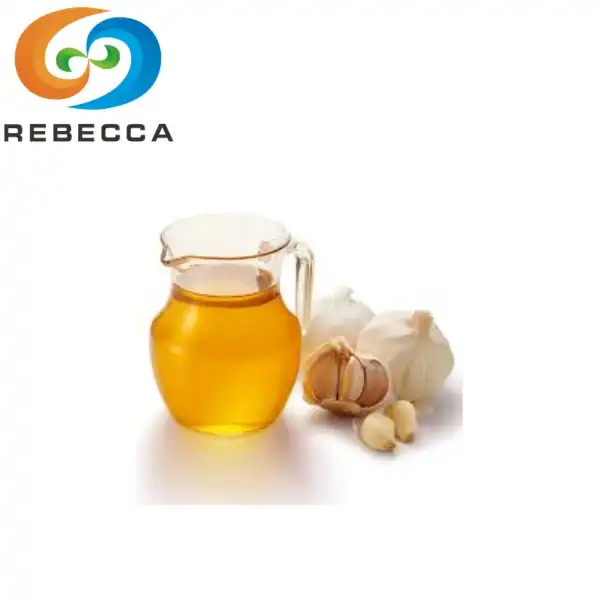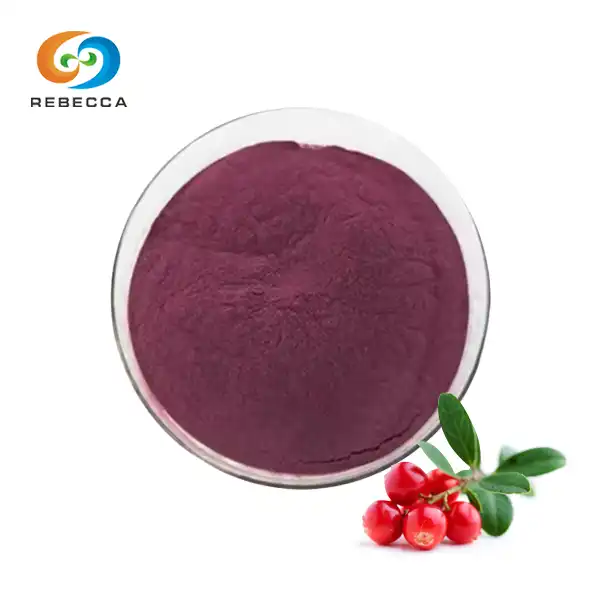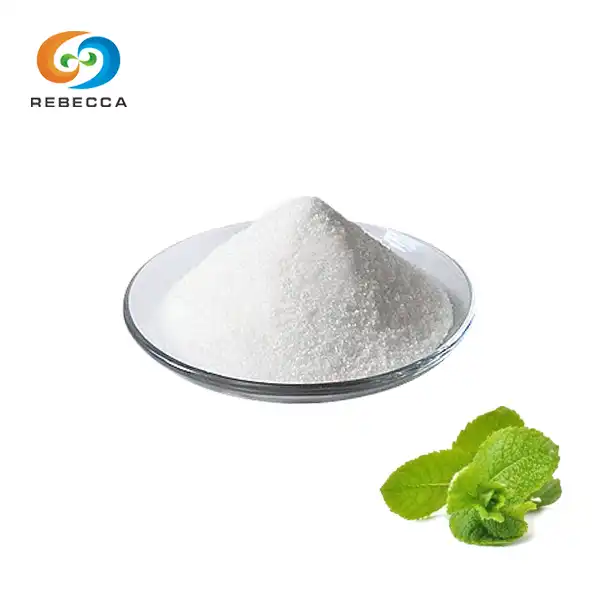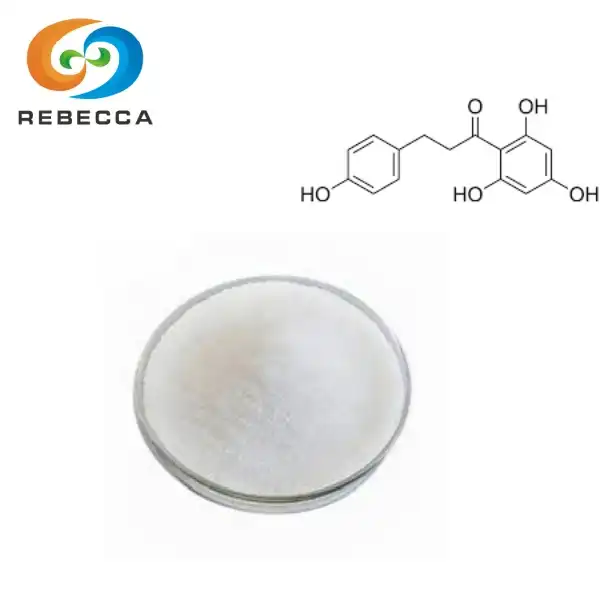How does cyanacobalamin work?
Cyanocobalamin, a synthetic form of vitamin B12, plays a crucial role in various bodily functions. As an essential nutrient, understanding how it works in the body is vital for health professionals and consumers alike. This article delves into the mechanisms, conversion, and absorption, providing valuable insights into this important vitamin form.
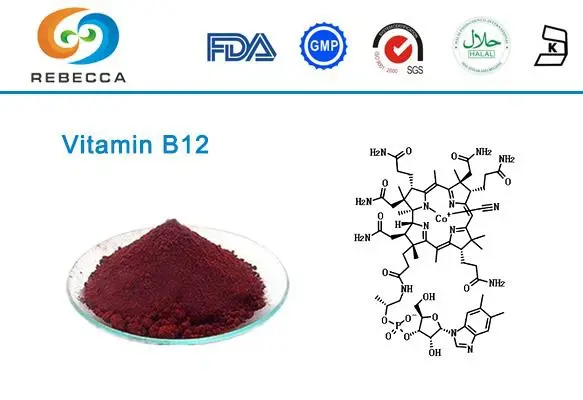
Mechanism of Cyanocobalamin in the Body
Cyanocobalamin serves as a precursor to the active forms of vitamin B12 in the body. Once ingested, it undergoes a series of biochemical reactions to become metabolically active. Its primary mechanisms revolve around its conversion to methylcobalamin and adenosylcobalamin, the two active coenzyme forms of vitamin B12.
In the body, cyanocobalamin participates in several critical physiological processes:
- DNA synthesis and regulation
- Red blood cell formation
- Nervous system function
- Homocysteine metabolism
- Energy production
The conversion of vitamin B12 cyanocobalamin to its active forms is essential for these processes to occur efficiently. Without proper conversion, the body cannot utilize the vitamin effectively, potentially leading to deficiency symptoms despite adequate intake.

How Is Cyanocobalamin Converted to an Active Form?
The conversion of cyanocobalamin to its active forms is a complex process involving multiple steps and enzymes. Here's a simplified overview of the conversion process:
- Reduction: Cyanocobalamin is first reduced to cobalamin, removing the cyanide group.
- Methylation: Some of the reduced cobalamin is converted to methylcobalamin through the action of methionine synthase reductase and methionine synthase.
- Adenosylation: The remaining reduced cobalamin is converted to adenosylcobalamin in the mitochondria by the enzyme cobalamin adenosyltransferase.
This conversion process is crucial for the body to utilize vitamin B12 effectively. Methylcobalamin acts as a cofactor for methionine synthase, which is involved in the methylation cycle and homocysteine metabolism. Adenosylcobalamin, on the other hand, serves as a cofactor for methylmalonyl-CoA mutase, an enzyme involved in fatty acid metabolism.
It's important to note that conversion efficiency can vary among individuals due to genetic factors, age, and overall health status. Some people may have difficulty converting cyanocobalamin to its active forms, which is why methylcobalamin supplements have gained popularity in recent years.
Cyanocobalamin Absorption and Bioavailability
The absorption of cyanocobalamin is a complex process that involves several steps and factors. Understanding this process is crucial for ensuring optimal vitamin B12 status.
The absorption pathway for vitamin B12 includes:
- Release from food: In food sources, vitamin B12 is bound to proteins and must be released by stomach acid and pepsin.
- Binding to haptocorrin: The freed vitamin B12 binds to a protein called haptocorrin in the stomach.
- Intrinsic factor binding: In the duodenum, pancreatic enzymes degrade haptocorrin, allowing vitamin B12 to bind to intrinsic factor, a protein produced by the stomach's parietal cells.
- Ileal absorption: The vitamin B12-intrinsic factor complex is absorbed in the terminal ileum via specific receptors.
- Transport in the bloodstream: Once absorbed, vitamin B12 is bound to transcobalamin II for transport throughout the body.
The bioavailability of vitamin B12 cyanocobalamin can vary depending on several factors:
- Dose: When it comes to the dose of vitamin B12 cyanocobalamin, a fascinating relationship exists between the amount ingested and its absorption. Higher doses, while providing a larger quantity of the vitamin, paradoxically result in a lower percentage absorption on a per-unit-ingested basis. For example, if a person takes a very small dose, say 1 microgram, the body might absorb a relatively high percentage, perhaps 50% or more. However, when the dose is increased to, let's say, 1000 micrograms, the percentage absorbed might drop to around 1% or less. Despite this lower percentage, the total amount of vitamin B12 actually absorbed is higher due to the much larger starting quantity. This is because the body has specific mechanisms for absorbing nutrients, and these mechanisms can become saturated at higher doses.
- Intrinsic factor production: Adequate production of intrinsic factors within the body is nothing short of crucial for the efficient absorption of vitamin B12 cyanocobalamin. Intrinsic factor is a glycoprotein that is secreted by the parietal cells in the stomach. Once vitamin B12 is ingested, it binds to intrinsic factors in the stomach. This complex then travels to the ileum in the small intestine, where specific receptors recognize and bind to the vitamin B12 - intrinsic factor complex, facilitating its absorption into the bloodstream. Without sufficient intrinsic factors, the absorption of vitamin B12 is severely impaired. Conditions such as pernicious anemia, an autoimmune disorder where the body attacks the parietal cells, lead to a deficiency in intrinsic factor production, making it extremely difficult for the body to absorb vitamin B12.
- Gastrointestinal health: The state of gastrointestinal health plays a pivotal role in the absorption of vitamin B12 cyanocobalamin. Conditions that affect the stomach, such as atrophic gastritis, which causes inflammation and thinning of the stomach lining, can reduce the production of stomach acid and intrinsic factor, both of which are necessary for proper vitamin B12 absorption. In the small intestine, diseases like celiac disease, where the immune system reacts to gluten and damages the intestinal villi, can also impair absorption. The villi are the tiny finger-like projections in the small intestine that increase the surface area for nutrient absorption. When they are damaged, the body's ability to absorb vitamin B12, along with other nutrients, is significantly compromised.
- Age: Absorption efficiency tends to decrease with age.
- Genetic factors: Some genetic variations can affect vitamin B12 absorption and metabolism.
For individuals with absorption issues, alternative routes of administration, such as sublingual or intramuscular injections, may be recommended to ensure adequate vitamin B12 levels.
In conclusion, cyanocobalamin plays a vital role in numerous bodily functions through its conversion to active forms of vitamin B12. Understanding its mechanism, conversion process, and absorption pathway is crucial for healthcare professionals and individuals seeking to optimize their vitamin B12 status. While cyanocobalamin is an effective and widely used form of vitamin B12, some individuals may benefit from other forms or administration routes based on their specific health needs.
For pharmaceutical, healthcare products, beverages, and cosmetic industries seeking high-quality vitamin B12 cyanocobalamin powder, Shaanxi Rebecca Bio-Tech Co., LTD offers expert solutions. Our company specializes in plant extracts and traditional Chinese medicine formulations, backed by a strong R&D team and stringent quality control measures. From cultivation to final product, our GAP-certified bases ensure the highest standards of purity and efficacy. To learn more about our product and how it can benefit your products, please contact us at information@sxrebecca.com. Our team is ready to provide personalized support and ensure stable, timely delivery to meet your specific requirements.
References
- Green R, Allen LH, Bjørke-Monsen AL, et al. Vitamin B12 deficiency. Nat Rev Dis Primers. 2017;3:17040.
- Obeid R, Fedosov SN, Nexo E. Cobalamin coenzyme forms are not likely to be superior to cyano- and hydroxyl-cobalamin in prevention or treatment of cobalamin deficiency. Mol Nutr Food Res. 2015;59(7):1364-1372.
- Vogiatzoglou A, Smith AD, Nurk E, et al. Dietary sources of vitamin B-12 and their association with plasma vitamin B-12 concentrations in the general population: the Hordaland Homocysteine Study. Am J Clin Nutr. 2009;89(4):1078-1087.
- Stabler SP. Vitamin B12 deficiency. N Engl J Med. 2013;368(2):149-160.
- Watanabe F. Vitamin B12 sources and bioavailability. Exp Biol Med (Maywood). 2007;232(10):1266-1274.
